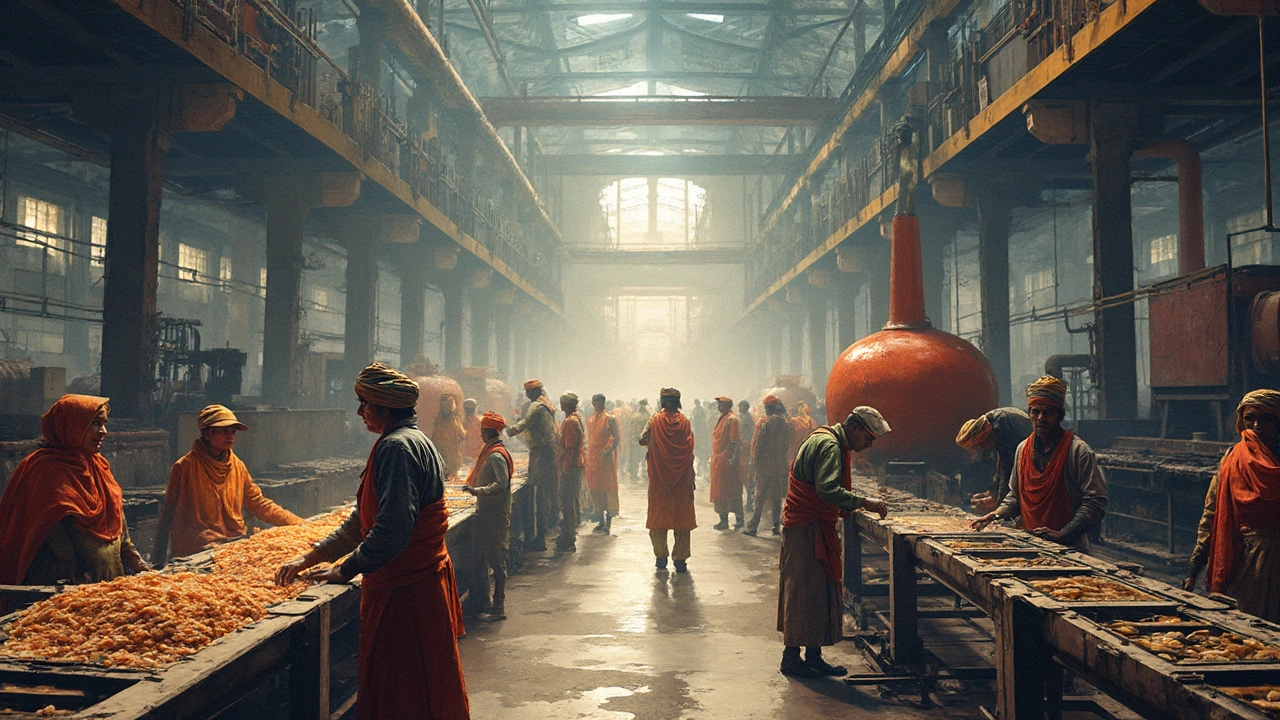Discrete Manufacturing: What It Is and Why It Matters
When talking about discrete manufacturing, the production of distinct, countable items such as engines, smartphones, or furniture. Also known as batch manufacturing, it involves assembling separate parts into finished products that can be individually inspected, stocked, or shipped. This approach contrasts with continuous processes that handle liquids or gases. Discrete manufacturing relies on clear design specifications, precise tooling, and flexible assembly lines, making it ideal for industries where each unit carries unique value.
One of the most influential related concepts is mass production, the strategy of producing large volumes of identical items using standardized equipment and repetitive workflows. Mass production influences discrete manufacturing by providing the economies of scale that lower unit costs while still allowing for customization through modular design. When a factory adopts mass‑production techniques, it can ramp up output of discrete goods like automotive parts without sacrificing quality. The synergy between these two methods drives faster market delivery and better price competitiveness.
Key Concepts in Discrete Manufacturing
Another cornerstone is the unit process, a defined set of operations that transforms raw material into an intermediate or final product. In a discrete setting, each unit process—cutting, welding, painting—is meticulously timed and monitored, ensuring repeatability and traceability. Small‑scale producers benefit from this structure, as highlighted by small scale manufacturing, the creation of limited‑run products often within compact facilities or even home‑based workshops. These smaller operations adopt the same unit‑process logic but scale it down, enabling entrepreneurs to test market demand before committing to larger investments. The connection among unit processes, small scale manufacturing, and discrete production creates a flexible ecosystem where ideas can move quickly from prototype to market.
Plastic manufacturing offers a vivid illustration of discrete methods in action. While some plastics are extruded continuously, many components—like injection‑molded brackets, consumer electronics casings, or automotive interior trims—are produced as separate units. The ability to switch molds, adjust cycle times, or integrate additional finishing steps makes plastic components a perfect fit for discrete lines. Understanding how discrete manufacturing intertwines with mass production, unit processes, and small‑scale operations equips readers to grasp the full picture of modern industrial production. Below, you’ll find a curated set of articles that dive deeper into each of these areas, providing practical insights and real‑world examples.
